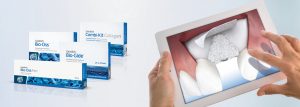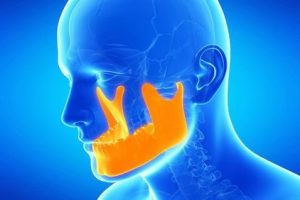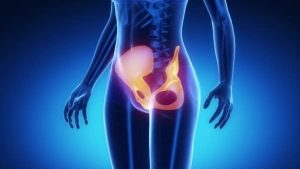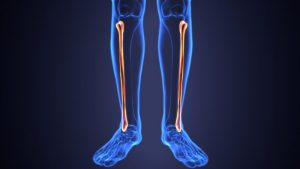Bone replacement / augmentation: Fixed denture in a week in Budapest!
- Bone augmentation with BioOss material
- Bone augmentation from jaw bone
- Bone augmentation from the hip bone
- Bone augmentation from the fibula flap
La Porta Dental – UNIKLINIK dental surgery team
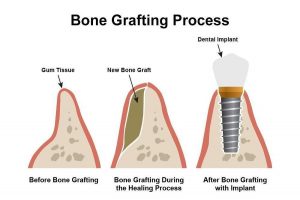 Dentistry without limits! We knew so far that dentistry, along with other medical science, was developing at an amazing pace. Thanks to the achievements of the 21st century, many things that have been unimaginable so far, are possible today and/or even it is a routine. Not only the dental materials but also the technologies and surgical procedures are developing and improving. 1-2 decades ago, the sinus-lift was an incredible intervention, now it is a routine. But let’s have a look at the levels of bone loss and the bone replacements that our specialist doctors are able perform at La Porta Dental – Uniklinik.
Dentistry without limits! We knew so far that dentistry, along with other medical science, was developing at an amazing pace. Thanks to the achievements of the 21st century, many things that have been unimaginable so far, are possible today and/or even it is a routine. Not only the dental materials but also the technologies and surgical procedures are developing and improving. 1-2 decades ago, the sinus-lift was an incredible intervention, now it is a routine. But let’s have a look at the levels of bone loss and the bone replacements that our specialist doctors are able perform at La Porta Dental – Uniklinik.
Ideally, the patient has enough bone to be able to replace the missing tooth by simple dental implantation, during which the implants are first inserted, and after the osseointegration of the implants (3-4 month) the patient receives a fixed denture/bridge or fixed tooth. This is the classic version of tooth replacement that we carry out through local anesthesia. This dental surgey is completely painless and can be even less traumatic than a tooth extraction, but during the recovery time (1-2 week), mainly the first few days, the area of the operation can be quite sensitive.
Bone replacement with bone grafting material (BiOss)
In a less ideal situation, the patient already miss a certain amount of bone, that still can be supplemented or replaced with bone replacement material (BiOss). This bone deficiency may also occur in the lower jaw, but may also happen in the upper jaw, which is known by many, as a sinus-lift or sinus-elevation. In this case, after the bone replacement and bone ossification (4-6 month), the dental implants are inserted and another few month (3-4 month, this is the necessary time for the integration of the dental implants) later, the patient receives a fixed denture or fixed tooth. As in the first case, we carry out this dental treatment too through local anesthesia. This dental surgey is also completely painless and can be even less traumatic than a tooth extraction, but during the recovery time (1-2 week), mainly the first few days, the area of the operation can be quite sensitive.
Bone replacement from the jaw
When the bone replacement or grafting material is not enough. These are the cases, when the level of bone deficiency no longer makes possible the replacement of the bone with traditional bone grafting material (BioOss). In this case, the patient’s own bone is used for this purpose. In the majority of cases, the bone donor area is the jawbone, when a necessary amount of bone is obtained from the back part of the jaw. The transplanted bone is secured/fixed with micro screws to the bone in the missing/deficient area. The ossification time is approx. 6 months. After this, the process is the same as in the previous cases. Implants are inserted and the dentures are placed/fixed after an other 4-6 months. Here, the first phase can be done in local anesthesia or/but even in full anesthesia. This is usually determined by the patient’s needs. Since this is a longer surgery, the full anesthesia is justified in some physical and psychological cases or if the patient has phobia of the dentist or has sensitivity to the stress. This oral surgey is also completely painless, but during the recovery time (1-2 week), mainly the first few days, the area of the operation is quite sensitive.
Bone replacement from hips
Is the solution in such a serious cases, when the bone deficiency in the mouth no longer makes possible the replacement of the bone with traditional bone grafting material (BioOss) and neither the back part of the jaw bone is enough, then another donor area should be used. A significant amount of bone can be extracted from the hip, so it is an ideal alternative donor area. During the surgery the necessary bone is removed from the hip and it is transplanted to the deficient area. The transplanted bone is secured/fixed with micro screws. From this point of the mouth/dental rehabilitation process, everything is going on like in the previous cases. The ossification time is approx. 6 months. Then the dental implants are inserted and the dentures are placed/fixed after 4-6 months. The difference is that here, the first phase will be done in full anesthesia and in/under hospital conditions. Since this is a long and complex surgery (approx. 3 hours), the full anesthesia is inevitable in all cases. This oral surgey is also completely painless, but during the recovery time (2-3 weeks), mainly the first few days, the area of the operation is quite sensitive at the donor and the host area as well.
Fibula flap mandibular reconstruction
Is the solution for those people where the previous solutions like bone replacement with BioOss bone grafting material, bone replacement from the jawbone or bone replacement from the hips is not enough anymore. Not enough, because the bone loss level / the vertical bone defects in the mandible, is much more bigger, up to 1 cm and/or more, on a large segment up to 5 cm and/or more. So, a different and more abundant source is needed. The fibula is the right source to be able to perform the bone transplantation, to make a reconstruction of this large. The surgery is a 3-5 hours intervention and is done in full anesthesia, in/under hospital conditions! Becuse of the size of the transplanted bone block, many time is possible to place the dental implants in to the „new” bone at the same time. And if it is already so, we can make a temporary but fix tooth/corwn or even full dental bridges. The bone integration is around 4 month time, such is the integration time of the dental implants. After that, during the second phase, the final crowns and bridges are prepared and fixed.
Another advantage of this kind of vertical augmentation is that it’s possible to make a completly aesthetical porsthetic work, since the lips are optimally and naturally suported by the teeth! Also the large wrinkles around the mouth are significantly reduced, because it’s possible to make the teeth in a right and proper size, avoiding the excessivly long sizes, which would not look natural.
Of course the surgey is also completely painless! During the recovery time (3-4 weeks), mainly the first few days or week, the area of the operation is quite sensitive at the donor and the host area as well.
General anesthetic surgeries are always performed in the presence of an anesthetist and his/her assistant! The general anesthesia is always preceded by mandatory tests, including full laboratory testing, chest X-ray and ECG. Knowing the results of these tests, a consultation with the anesthetist is performed prior to every surgery.
La Porta Dental – dental surgery team
PÉTER JANCSECZ – specialist in dental and oral diseases, dentoalveolar oral surgeon specialist
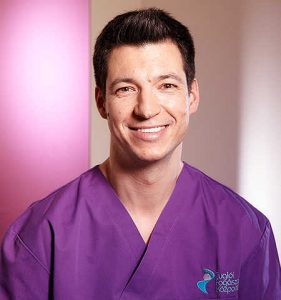
KÁDÁR BENCE – dentist, dentoalveolar oral surgeon specialist
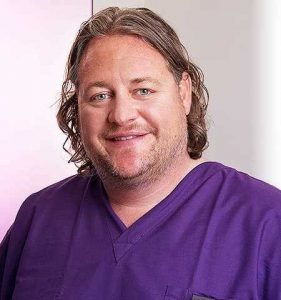
BALÁZS ZÁHONYI – medical director, dentoalveolar oral surgeon specialist
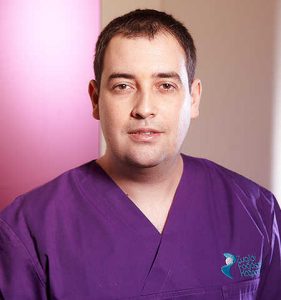
DR. TAMAS SASS – specialist in dental and oral diseases, dentoalveolar oral surgeon, face-mouth-jawbone surgeon specialist, general doctor
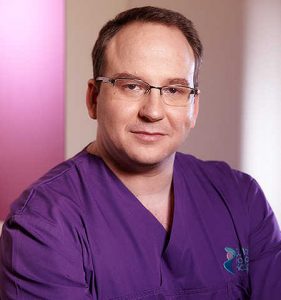
GILICZE ALEXANDRA – dentist, dentoalveolar oral surgeon specialist
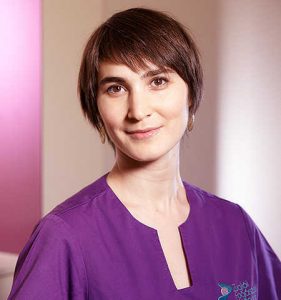
For detailes and further information on prices, on the procedure, on the surgery or to make an appointment, please contact us!
Phone:
+36 30 2990769 (HU)
+353 85 7775857 (IE)
+44 74448155215 (GB)
E-mail:
